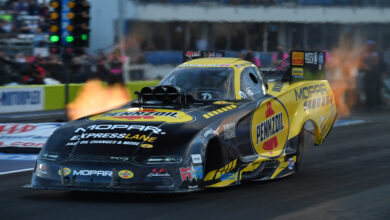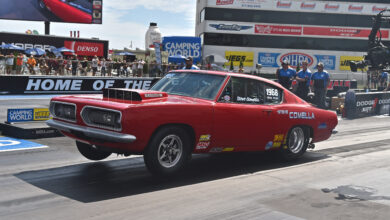In January 1970, Chrysler Corporation introduced a high-impact color that would go on to make history in the world of muscle cars. This color was known as “FM3” and was a bright pink hue that had never been seen before on a muscle car. It was named Panther Pink in the Dodge world and Moulin Rouge in the Plymouth world. This color was so vivid that it quickly caught the attention of many car enthusiasts and made its way into dealer showrooms by the spring of 1970.

Despite its popularity, FM3 was short-lived in regular production and only made it onto a few 1971 models after being removed from production in the summer of 1970. This meant that only a few hundred buyers were able to get their hands on a vehicle with this striking color. However, even in its short tenure, FM3 made a lasting impact on the Mopar community.
Many of those who were lucky enough to purchase one of these cars often chose to repaint them, as the pink exterior was not always to everyone’s liking. However, in today’s world of car collecting, FM3 cars are some of the most highly sought after collector vehicles in the Mopar community.
One person who has embraced the FM3 color is Mark Worman, the owner of Graveyard Carz, a specialty restoration shop that restores Mopar muscle cars to their likeness of when they came off the assembly line. Worman recently featured three FM3 cars in an episode of his show, including a Super Bee that he bought with intentions of giving to his granddaughter, a rare Challenger 340 4-speed car, and the restoration of a unique 1970 Plymouth ‘Cuda.

The FM3 color was part of a range of high-impact colors introduced by Chrysler in the late 1960s and early 1970s. These colors were designed to make cars stand out on the road and were certainly successful in doing so. FM3, in particular, was one of the most eye-catching colors and is still highly sought after by collectors today.






No replies yet
Loading new replies...
Join the full discussion at the Mopar Insiders Forum →